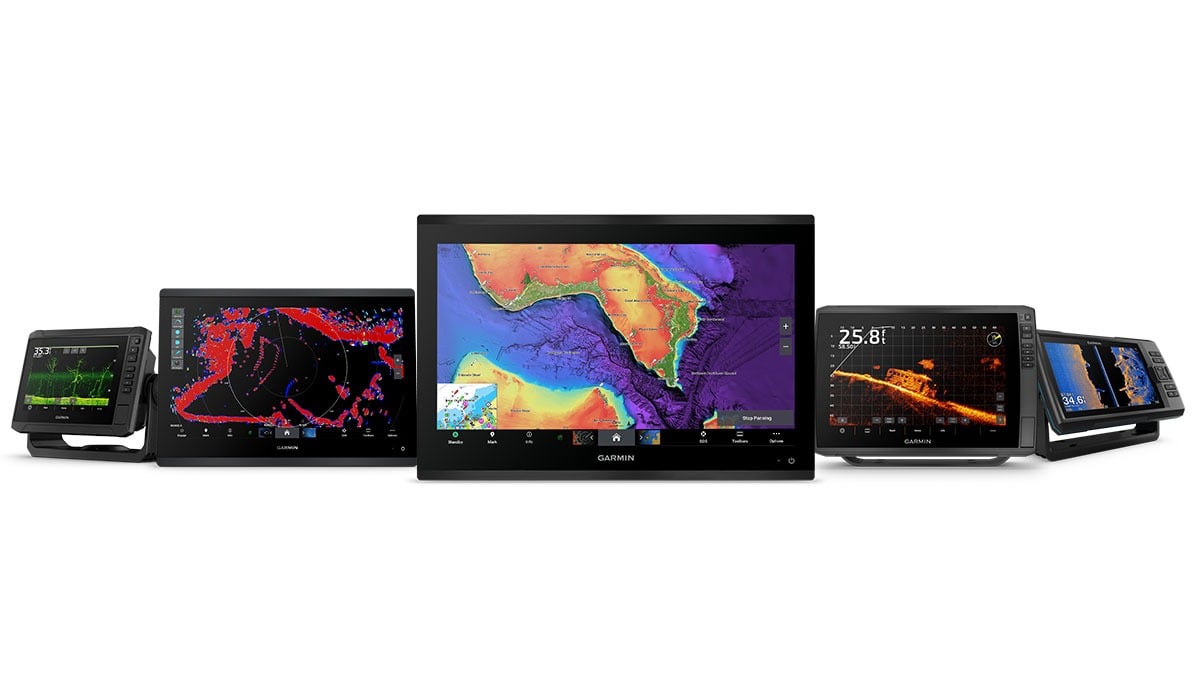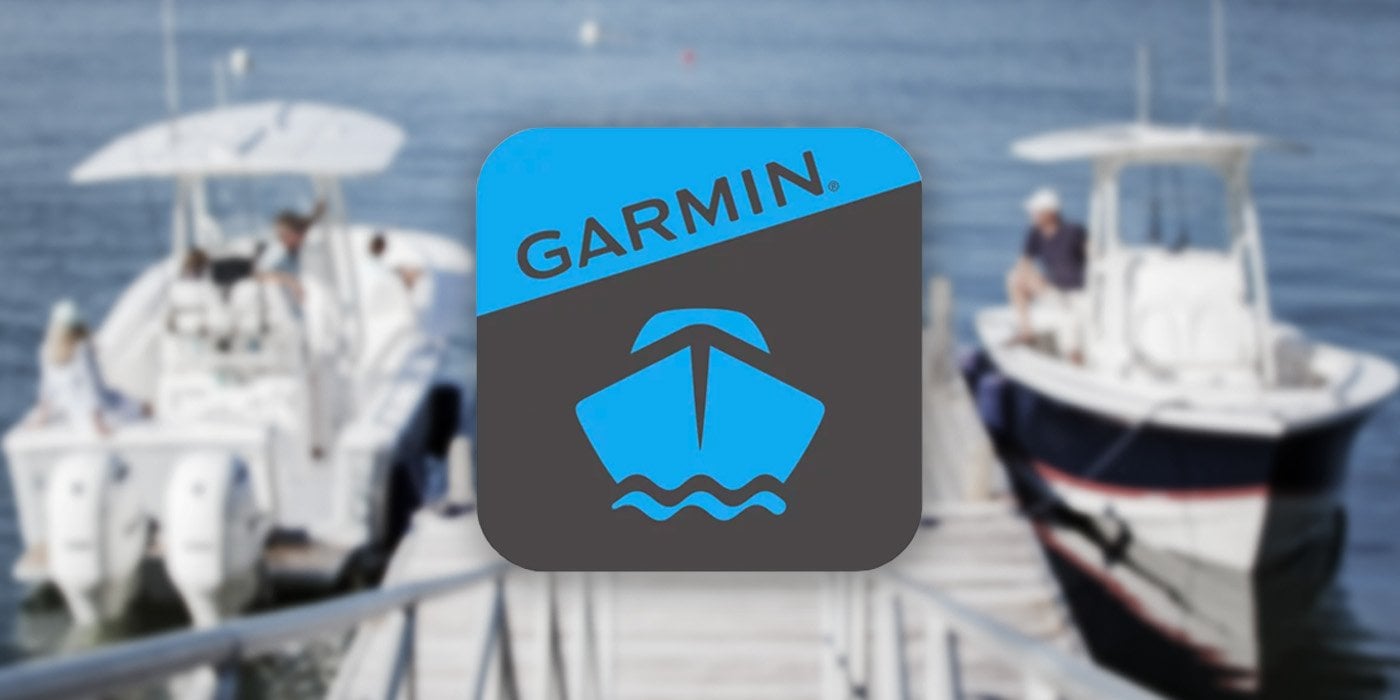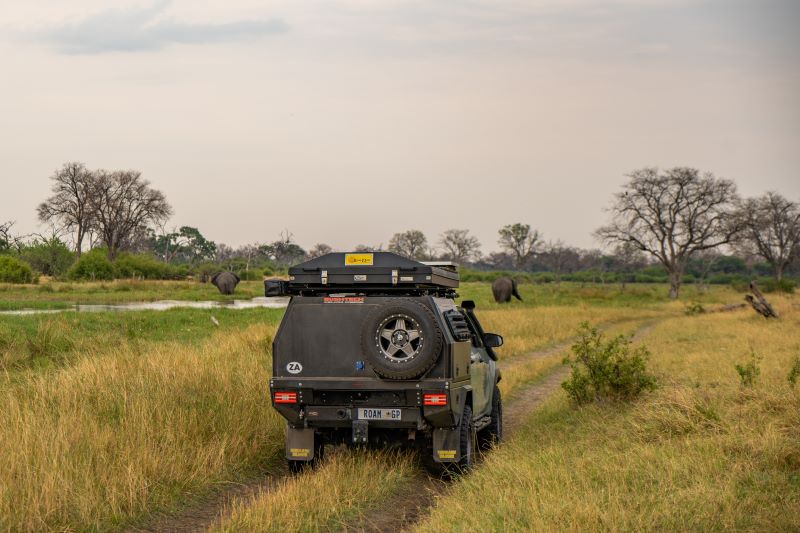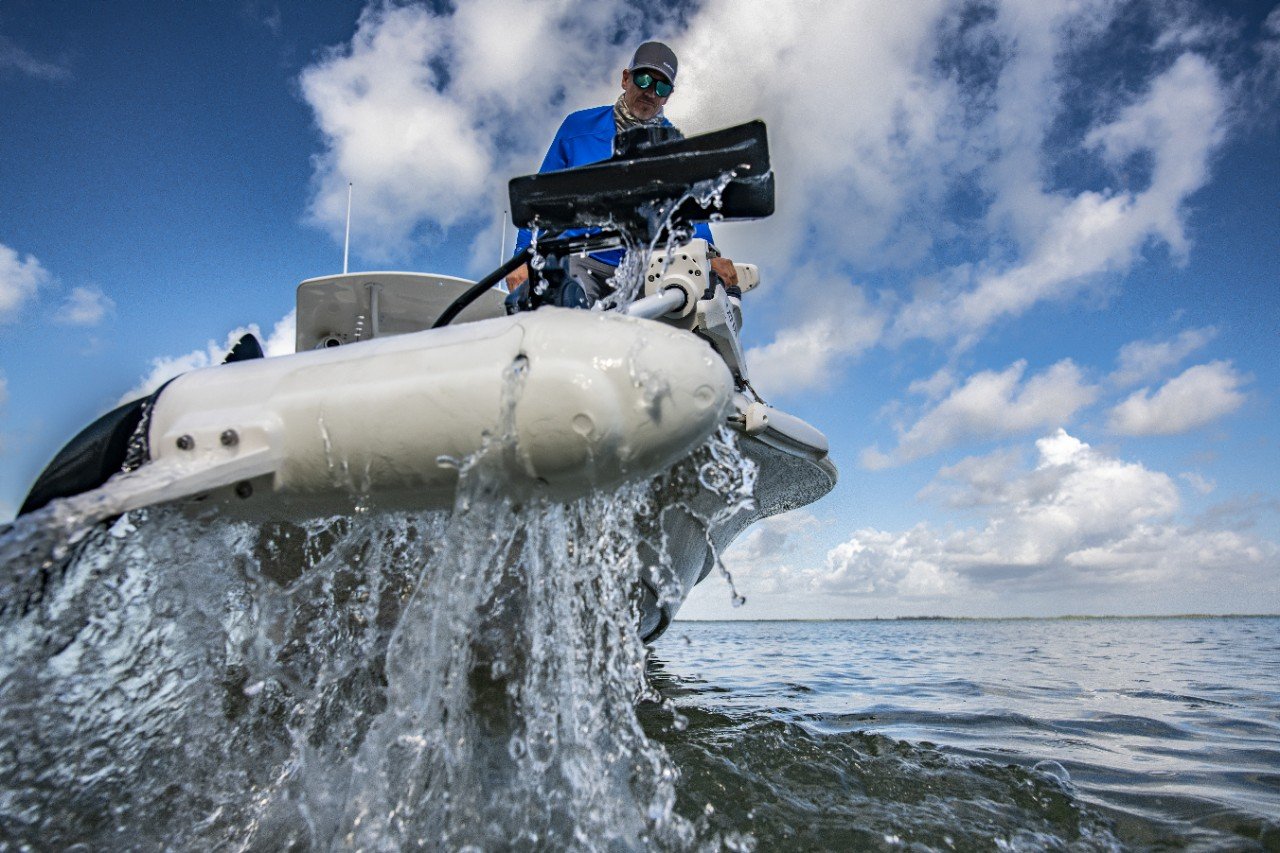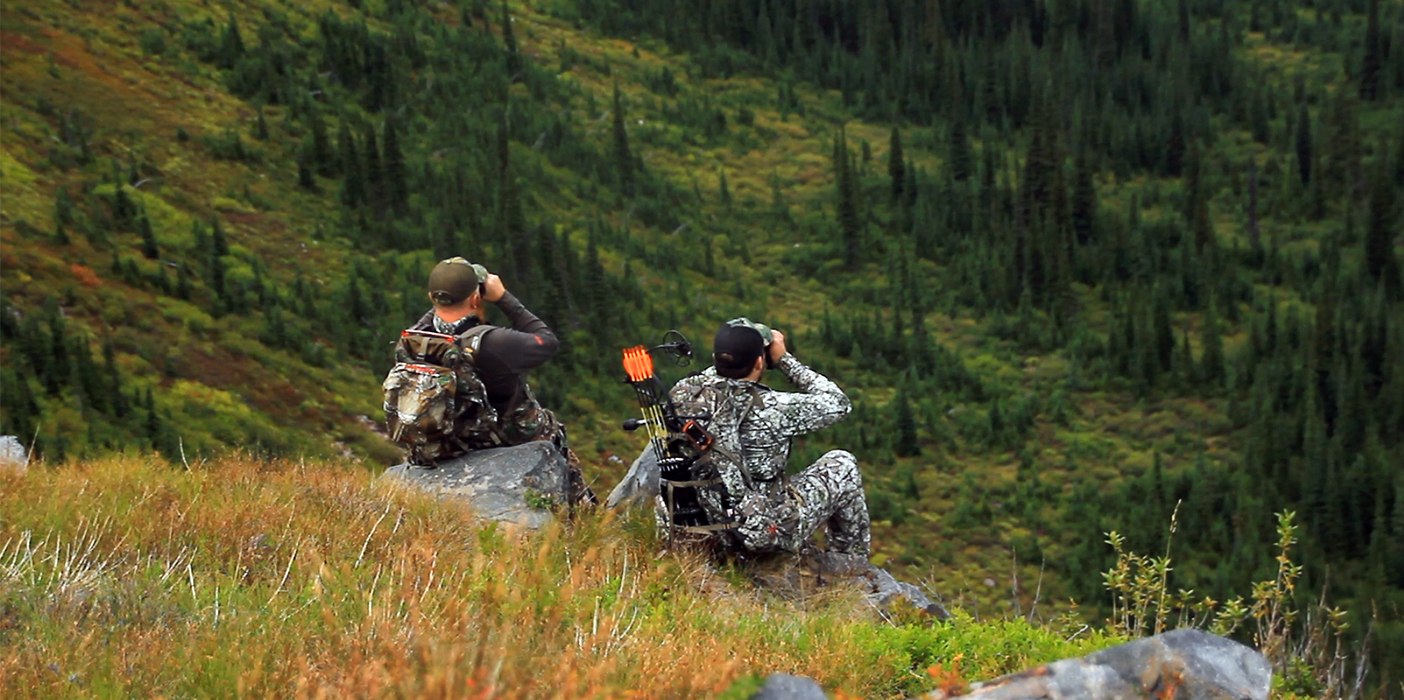
inReach: No Matter Where You Hunt — an Essential Tool
In winter 2016, Virginia resident Doug Herold discovered the benefit of carrying an inReach device while wolf hunting near High Level, Alberta, just south of the Northwest Territories. It was a week before Christmas, and a cold front came through that brought in subzero temperatures. The hunting outfitter dropped Herold off at a location about a mile and a half away from the wolf blind where he would hunt. Herold walked out to the blind and discovered that the regulator on the blind’s heater was frozen.
“At -40 [degrees], the cigarette lighter would not function, and there were not enough matches to heat up the regulator. The outfitter was long gone and there was no cell service in the wilderness.” At this point, Herold’s hands were frostbitten from trying to get the heater started. Fortunately, he had an inReach device to contact the outfitter to request help. “If not for the inReach, I probably would have frozen to death that day. I credit my device for saving my life. I will never be in the wilderness without it.”
Hunters Use inReach Satellite Messaging for More Than SOS
Josh Moremen is a regional sales manager at Garmin. When he’s not talking about Garmin products, he’s likely hunting in the remote hills and mountains near his home in Idaho. Moremen also devotes his free time to filming his hunting adventures with Team Southern Draw — a group of Florida-based hunters who document the reality of hunting in all parts of the country — or being featured on the television show His & Hers Outdoors on the Pursuit Channel. Moremen is one of our resident authorities for how to use an inReach, particularly during a hunt.
When Moremen discusses how he uses an inReach device while hunting, he always clarifies that some states have banned the use of texting for hunting purposes. He stresses that in general he is using his inReach to “help the hunter and not the hunt.” An example of this is that it is illegal in some states (including Moremen’s home state of Idaho) to send a text or communicate by cell or radio to indicate where game is located or likely to move. On the other hand, it is appropriate and an exercise of common sense and safety to share with your hunting companions that you’re moving down from a tree stand, to ask where you might find water, or to message a family member back home that you’re at a beautiful lake or coming home late.
Moremen explained that a key difference between sending text messages via an inReach as opposed to texting by cell phone or talking via radio is that inReach messages include location coordinates. “Recently, I was hunting in Idaho, and a buddy shot a deer two miles from my location. We both had inReach Explorers, and he sent me a text from his location, which I clicked on to get his exact location. I replied that I was on my way to help and followed that waypoint. Within a few hours, I crested over the hill without surprising him.”
Using Maps Before and During Your Hunt
Growing up in Florida, Moremen hunted typical game found in the south: hogs, deer and alligators. Now that he lives up north, he is usually bow hunting for elk and deer (and recently black bear). His annual vacations take him on hunts in different parts of the country for seven to 10 days, where he’s camping and tracking game on foot. Moremen uses the Earthmate app and the Map tab on the Explore website (inReach.garmin.com) to review the topography where he will hunt and determine locations where he will get in and out, as well as routes for a quick exit in case of emergency.
When Moremen is preparing for his hunt, he draws up routes and waypoints so he can find water, open fields, downhill evacuation routes and more, which he then syncs to his inReach device. Out on the hunt, these critical details are at his fingertips on the device and on his smartphone via the Earthmate app. In addition, he will use his inReach for blood trailing and recovering game. When he follows a blood trail, he will drop waypoints along the way. He can zoom out to a bird’s-eye map view on his Explorer+ and make an educated guess where an animal has likely moved (such as looking for water or circling around to the original spot).
Moremen also uses his inReach device to prepare for changes in weather, and his wife in Idaho and father in Florida follow his track points and progress on his MapShare page so they know he’s safe and experience a bit of his hunting adventure in real time back home.
“Preparation makes you better in just about anything,” Moremen said. “You need to be aware of what you’re facing. Knowing where you’re going. Knowing what risks are out there, such as water or cliffs, and communicating with your buddies in the wild and your family back home keeps everyone safe and enjoying the hunt.”
Don’t forget to follow Garmin Fish & Hunt on Facebook, Twitter, and Instagram and share your fishing and hunting photos with us using #HuntGarmin for a chance to be featured on our channels.
Thanks to Doug Herold for sharing his Canadian hunting experience via inReach Stories. If you have an inReach story you’d like to share, please feel free to contact us at: [email protected].
Josh Moremen is a regional sales manager at Garmin serving Alaska, Washington, Idaho, Montana and Wyoming. In addition to the links to Josh’s work shared above, you can watch his video “Journey Within,” which was featured in the 2017 Badlands Film Festival.

